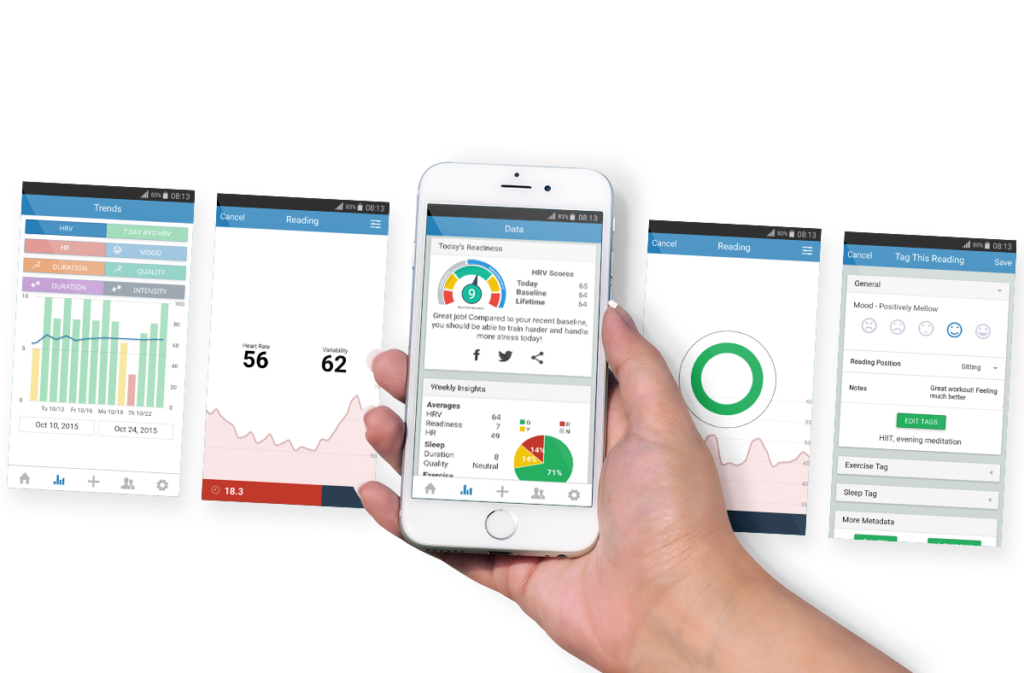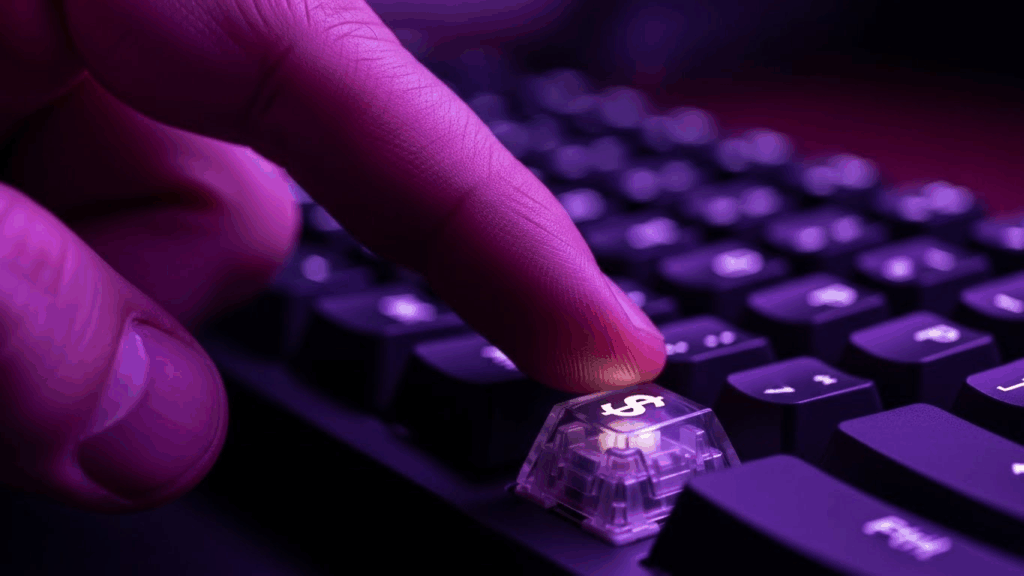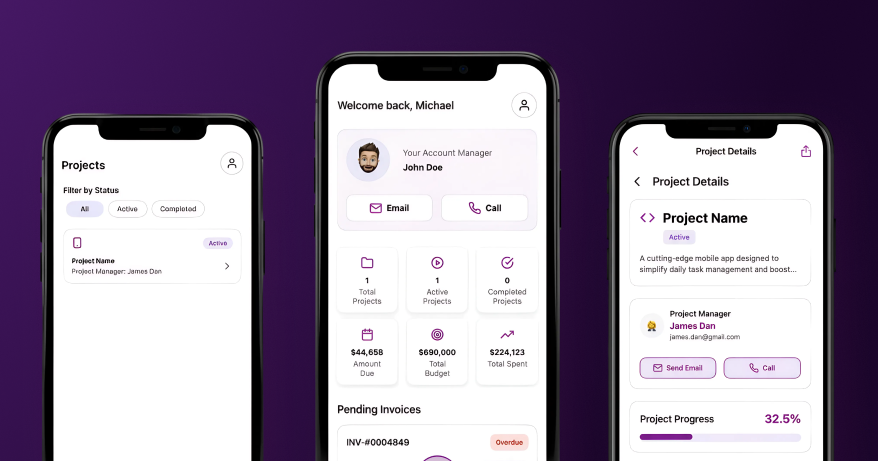The healthcare sector is constantly changing. The advancements and discoveries made by physicians, scientists, and other healthcare professionals vary with the times. So the healthcare sector adopting mobile technology is pretty much a given, so much so that healthcare apps are a separate sector now.
Apps for healthcare can assist a clinic in developing a closer relationship with its patients. A person can keep track of their food, exercise, and calorie intake, and someone who suffers from anxiety can also manage their panic attacks. It’s predicted that by 2025, there will be at least 50,000 more healthcare applications than in 2019, which is a ten-fold increase.
Numerous apps are available that aim to make users their best selves. Mobile developers must plan and produce mobile applications to assist people and patients in obtaining the required healthcare.
 ” width=”840″ height=”480″ />
The predicted size of the global healthcare app market was 38.2 billion USD in 2021, and it is now expected to increase at a CAGR of 11.8 percent from 2022 to 2030. Combined, Google Play and Apple’s App Store have 88,000 mobile health apps, according to Statista, and 325,000 applications connected to health, according to random research.
Creating a mobile health app at this moment is undoubtedly the best option. App development begins with a thorough understanding of the medical app’s tasks in terms of what type of audience it will serve and the environment in which it will be used. As a developer, you must set immaculate and unmistakable requirements early in the project or even during the stages subject to development practice.
Mobile applications have become the norm in the healthcare sector, and 247 Labs takes pride in being a market leader.
” width=”840″ height=”480″ />
The predicted size of the global healthcare app market was 38.2 billion USD in 2021, and it is now expected to increase at a CAGR of 11.8 percent from 2022 to 2030. Combined, Google Play and Apple’s App Store have 88,000 mobile health apps, according to Statista, and 325,000 applications connected to health, according to random research.
Creating a mobile health app at this moment is undoubtedly the best option. App development begins with a thorough understanding of the medical app’s tasks in terms of what type of audience it will serve and the environment in which it will be used. As a developer, you must set immaculate and unmistakable requirements early in the project or even during the stages subject to development practice.
Mobile applications have become the norm in the healthcare sector, and 247 Labs takes pride in being a market leader.
 Here are the ten factors you must consider while creating a medical mobile app:
Here are the ten factors you must consider while creating a medical mobile app:



 ” width=”840″ height=”480″ />
The predicted size of the global healthcare app market was 38.2 billion USD in 2021, and it is now expected to increase at a CAGR of 11.8 percent from 2022 to 2030. Combined, Google Play and Apple’s App Store have 88,000 mobile health apps, according to Statista, and 325,000 applications connected to health, according to random research.
Creating a mobile health app at this moment is undoubtedly the best option. App development begins with a thorough understanding of the medical app’s tasks in terms of what type of audience it will serve and the environment in which it will be used. As a developer, you must set immaculate and unmistakable requirements early in the project or even during the stages subject to development practice.
Mobile applications have become the norm in the healthcare sector, and 247 Labs takes pride in being a market leader.
” width=”840″ height=”480″ />
The predicted size of the global healthcare app market was 38.2 billion USD in 2021, and it is now expected to increase at a CAGR of 11.8 percent from 2022 to 2030. Combined, Google Play and Apple’s App Store have 88,000 mobile health apps, according to Statista, and 325,000 applications connected to health, according to random research.
Creating a mobile health app at this moment is undoubtedly the best option. App development begins with a thorough understanding of the medical app’s tasks in terms of what type of audience it will serve and the environment in which it will be used. As a developer, you must set immaculate and unmistakable requirements early in the project or even during the stages subject to development practice.
Mobile applications have become the norm in the healthcare sector, and 247 Labs takes pride in being a market leader.
 Here are the ten factors you must consider while creating a medical mobile app:
Here are the ten factors you must consider while creating a medical mobile app:
1. Device security
More than 80% of the smartphone market nowadays comprises Android devices. According to data security firm Arxan, Android apps are less secure than iOS ones. In fact, many cybersecurity proponents are opposed to designing an app for Android. Even in apps where security is more essential than anything else. However, the fact is, the issue is not as severe as it appears. With their in-house solutions, smartphone makers are stepping up to close the security gaps created by Android. One such instance that separates business and personal activities is Samsung Knox. This is a significant advancement considering that most firms now have a “bring your own device” (BYOD) policy in place. Blackberry is working hard to maintain the same degree of security that its devices were once renowned for. Furthermore, our developers advise adding a few lines of code to your apps to make them safer. However, not much will change until Google intervenes and permanently resolves the security problem with its well-known mobile operating system.2. Test Your App
When developing a healthcare app, this could be a crucial phase that must always be considered. If your newly launched app doesn’t function flawlessly, there is unquestionably a substantial danger of producing negative results. Thus, it is crucial to test your app before launching, whether you opt for manual testing or employ automation methods. For instance, you should evaluate the effectiveness of those services if you plan to launch a health app that includes fitness monitoring and geolocation. Additionally, ensure that the inputs are correct across various platforms, networks, and locales, as this could negatively impact your app’s operation. If a client is saying something is wrong with the interface, design, or anything else, it is necessary to fix it for them to return again and again. One study shows that patients will give up on an app if there are issues with the interface. Testing your app’s operation is crucial for this reason. Things to watch out for are:- Data Confidentiality — making sure that patient information is protected.
- Usability — ensuring that the UI is working as it should be.
- Compatibility Between Platforms—confirming that all platforms are supported by your app (iOS, Android, etc.)

3. Readability
Another crucial aspect of all medical applications is that the user can readily read and deduce the data output. Because it adds relevance to medical sciences, there are impending results regarding the use and readability of an application. The communication component is the main component of this application. If the app monitors your blood sugar, messages and warnings must be delivered if the level exceeds the acceptable range. This makes it possible for anyone, regardless of background knowledge, to recognize when something is wrong. Additionally, the UI must be included. Making a user interface (UI) that is simple to use and intuitive can help the program stand out from the competition.4. Create a User Guide
There is a chance that the UI/UX of healthcare software will be challenging to use or confusing. To address this issue, a developer can design a user manual or a set of “how-to” sections so that patients may quickly access their medical information and communicate with their doctor. A new patient can learn the inner workings of their healthcare app thanks to step-by-step explanations. The creation of this straightforward guide may be able to address a variety of difficulties, including the time spent by medical professionals explaining how the app functions to patients.5. Design
You want to produce a design that is easy on the eyes and straightforward. A website or app’s aesthetic can increase a user’s likelihood of trusting it. Therefore, the UI should receive the same attention as the UX when creating an app. When designing, the color palette should elicit feelings of tranquillity and relaxation. Blue, green, white, and several other hues contribute to this creation. Even the sort of typeface to be utilized needs to be considered. You don’t want to use weird or difficult-to-read typefaces. You would have to consider the demographics of the users of your app. You could add a little more flair if the audience is younger. Additionally, you might need to select a larger, easier-to-read font if there are more senior citizens.
6. Make Sure it is HIPAA(US)/ PHIPA (Canada) Compliant
You should hire a developer who is well-versed and experienced with HIPAA/PHIPA compliance. All applications that manage health/medical data must be HIPAA/PHIPA compliant if you want hospitals and medical professionals to take you seriously. Many conversations now claim that this is where most healthcare apps fall short. Even though this might be readily fixed, medical staff expresses concern about the absence of security in healthcare apps. You only need to check your security to ensure that patient data delivery via your healthcare app is secure. Many developers are testing privacy protection methods right now. They intend to use blockchain technology as one strategy. Blockchain technology is now being utilized to secure patient data, but it has a good chance of being the primary method in the future. The basis for this is that blockchain is a system that distributes and records data between peer-to-peer transactions. Identify Target Audience You must pay attention to this research phase. It’s critical to choose the appropriate audience for your application. These target consumers are crucial to the development of the app as well as to the extension and development of its features, and their success ultimately determines the app’s destiny. Before beginning development, it is important to consider who will use my program and how it will improve their lives. Your app will undoubtedly enable you to increase your revenue if you live up to your users’ expectations. You want to develop a reliable app for your customers and their clients. Make sure you create an app that meets all of their needs if this is a telehealthcare app for connecting patients and doctors. A user interface that details each patient’s ongoing conditions and treatment regimens is one method of making a dedicated app. Additionally, a database of all pharmaceuticals can be automatically compared to a patient’s medication history to see if there are any interactions. The expectations can differ if a client requests a diet or nutritional app. When using the apps, there is no interaction with nutritionists or medical professionals. All the information must be accurate, and an intuitive user interface must be offered.8. Target hardware
As an app developer, you would typically target multiple platforms, including desktops, tablets, and smartphones. Users of apps on smartphones engage with them differently than users of apps on tablets. Smartphone users choose information speed over length. Tablet utilization is becoming prevalent for enterprise healthcare mobility solutions. Apps designed for tablets can offer more functionality than their smartphone equivalents. Similar to how a “call a doctor” app is more likely to be designed for smartphones than a patient engagement solution app, which is more likely to be built for tablets. However, many smartphone apps will function well on tablets and vice versa. Case Study: Elite HRV wanted to develop the most cutting-edge Heart Rate Variability health app and make it available for free with in-app revenue options. The team of 247 Labs came together to construct the medical mobile app, backend cloud web servers, and development and release processes.





